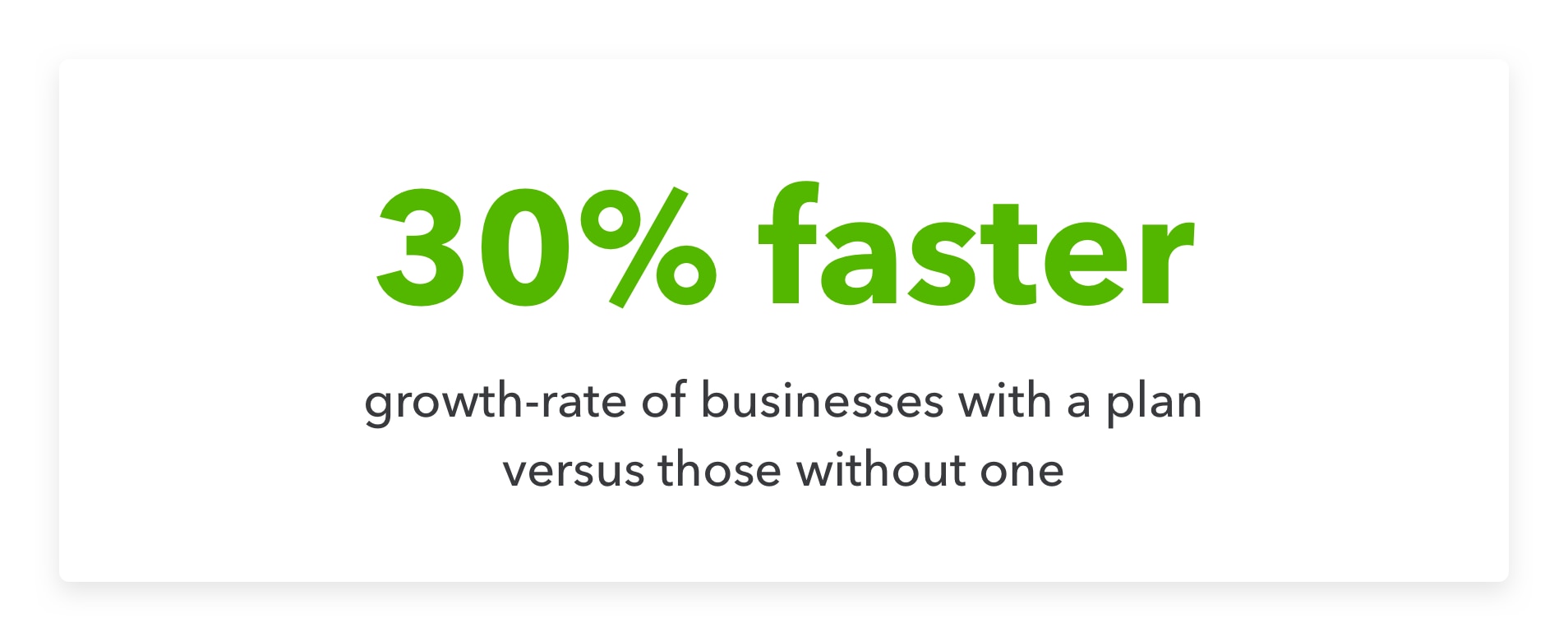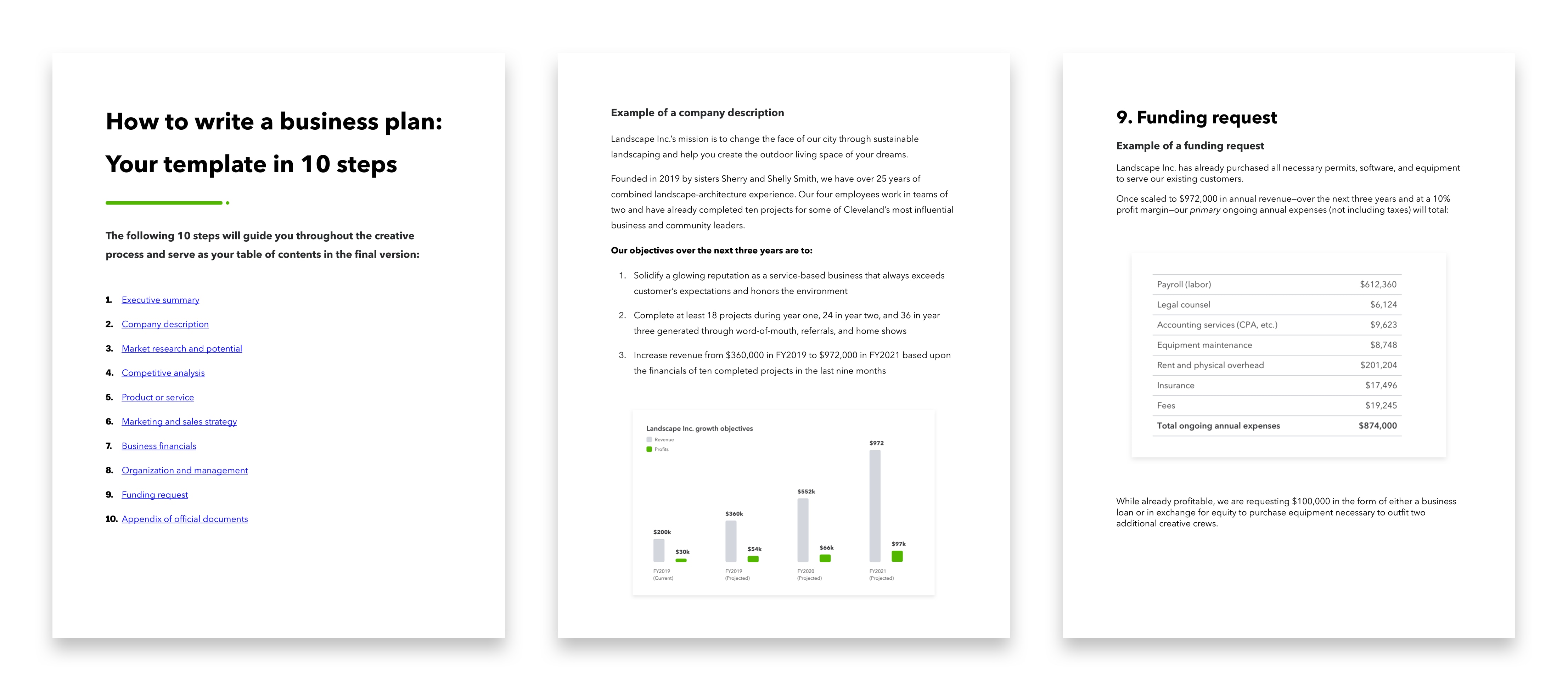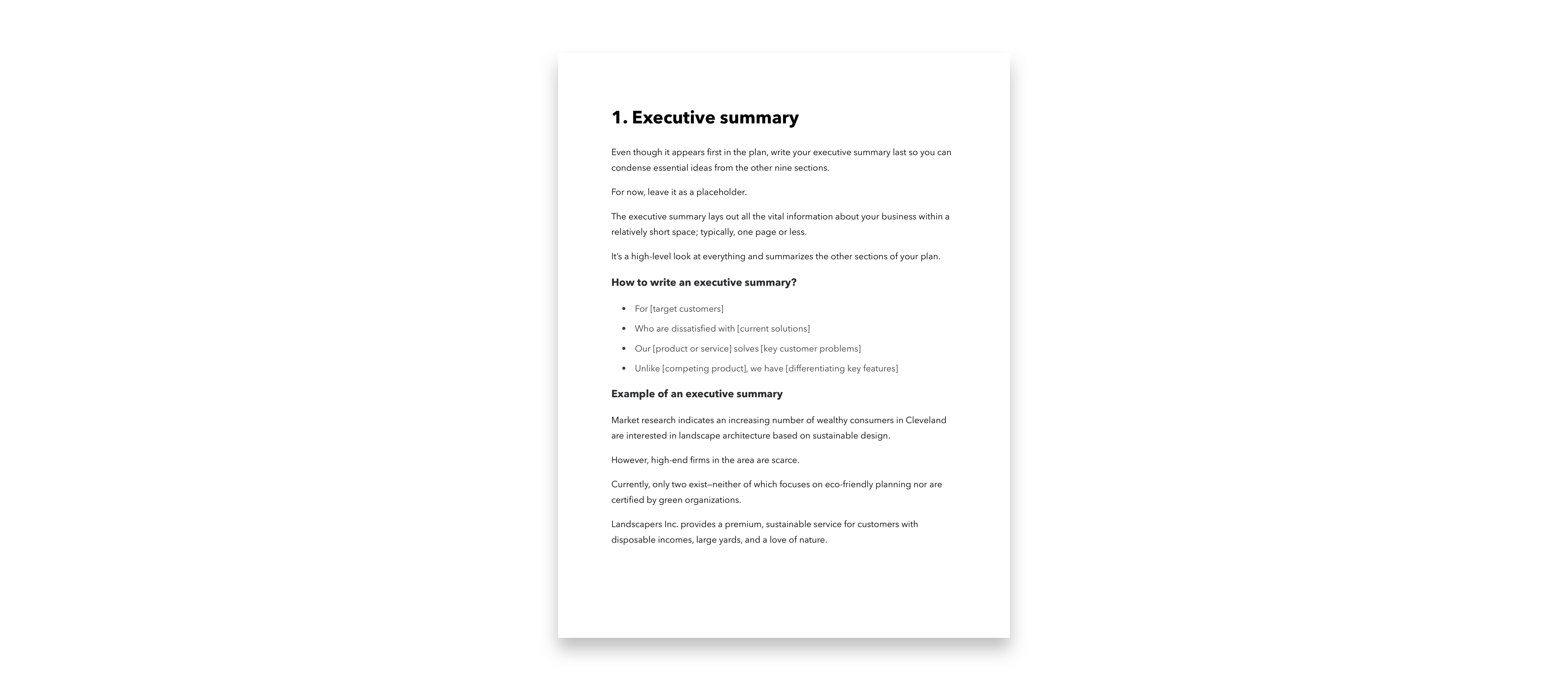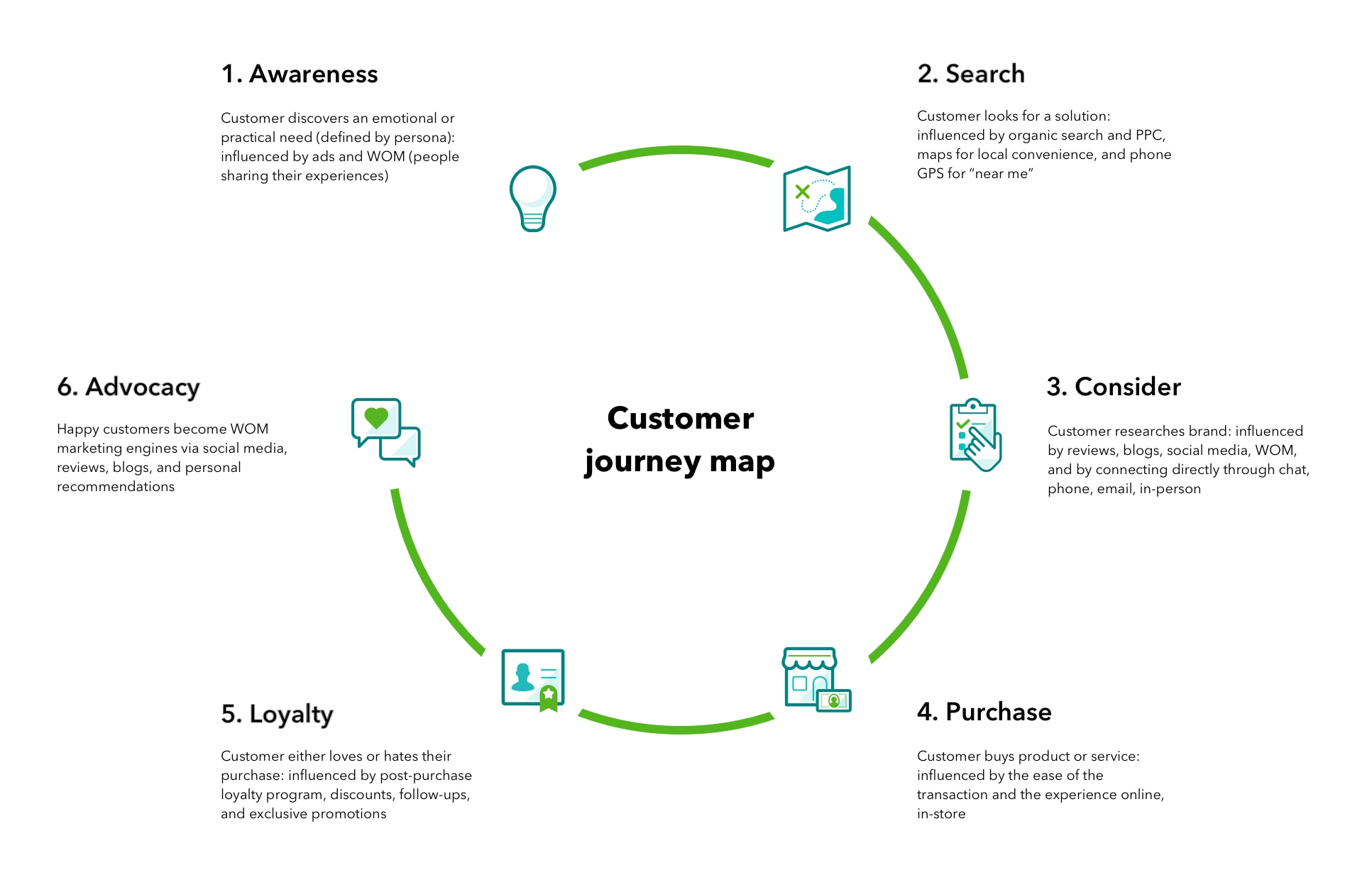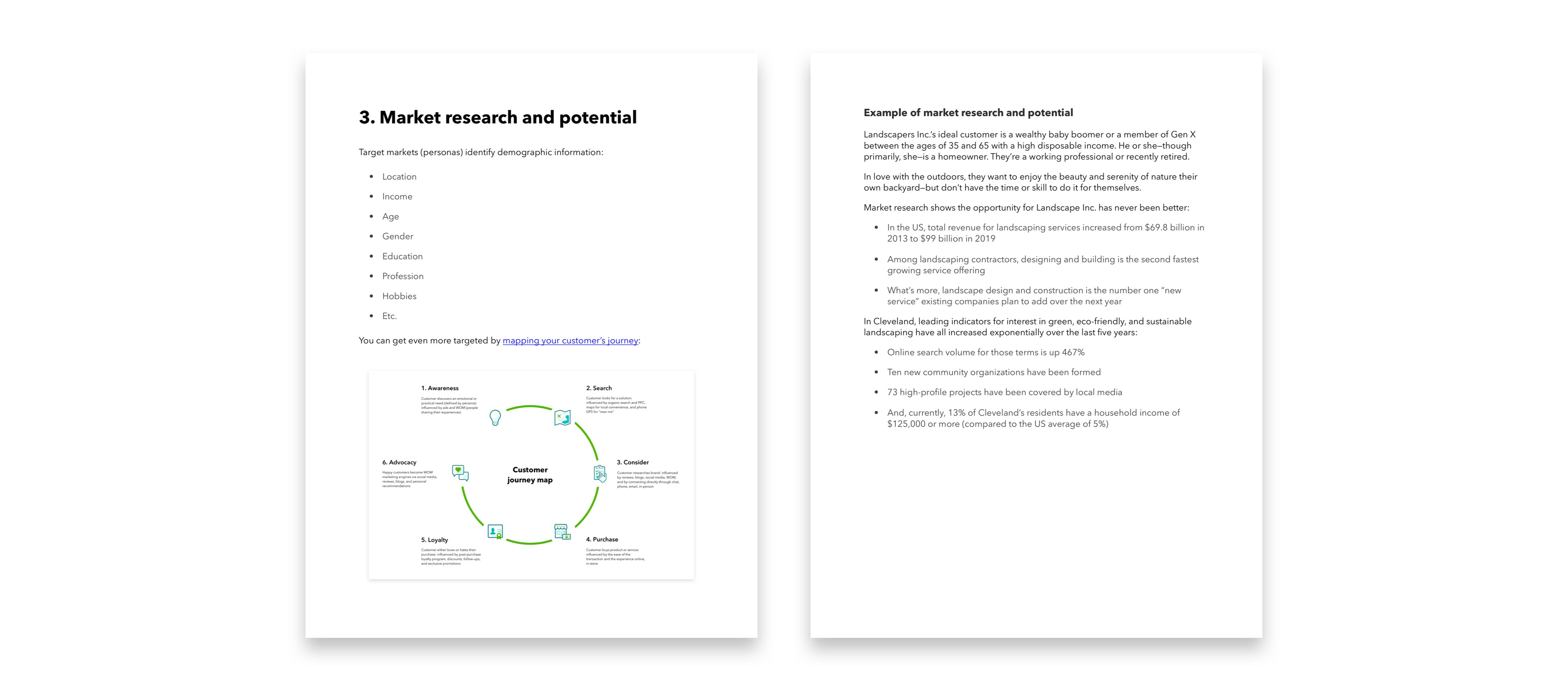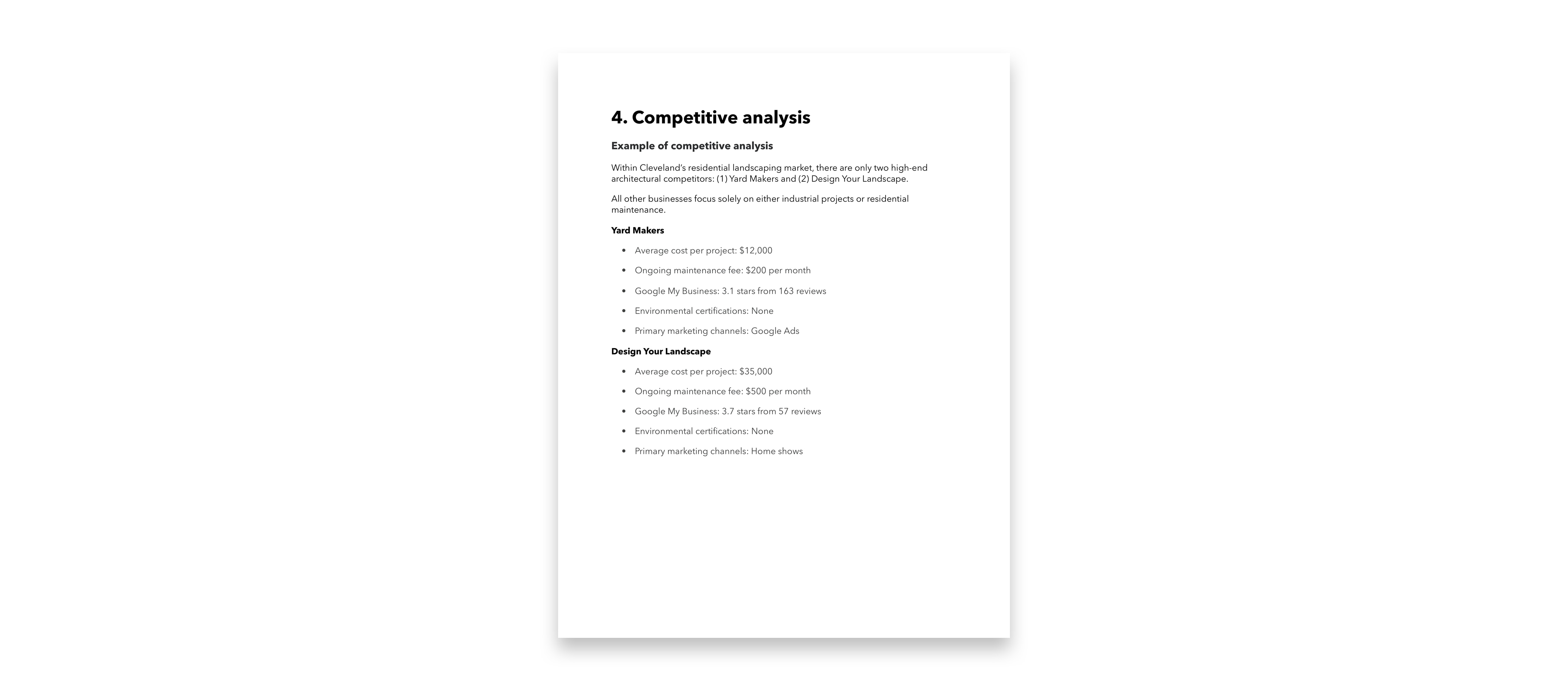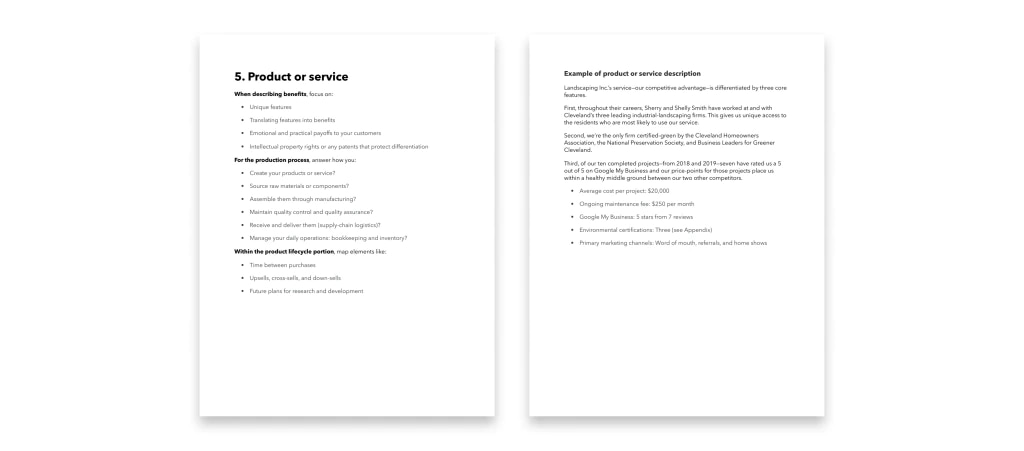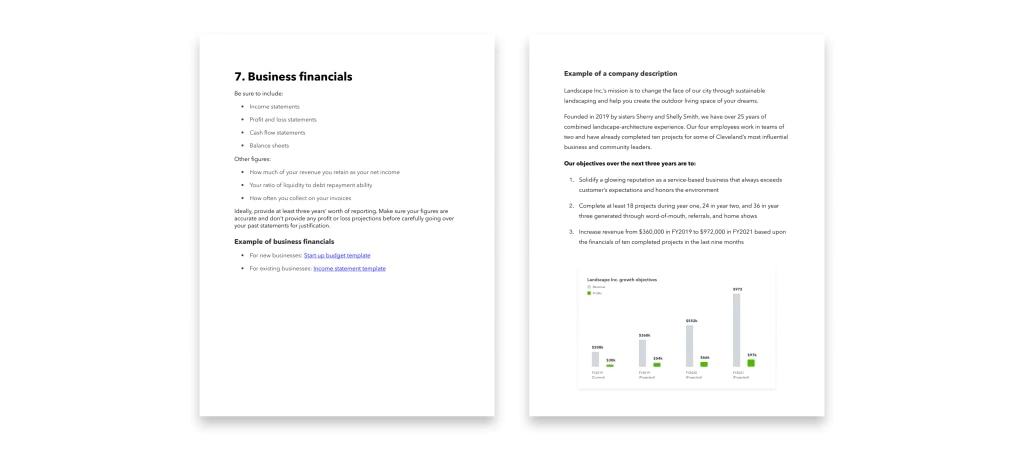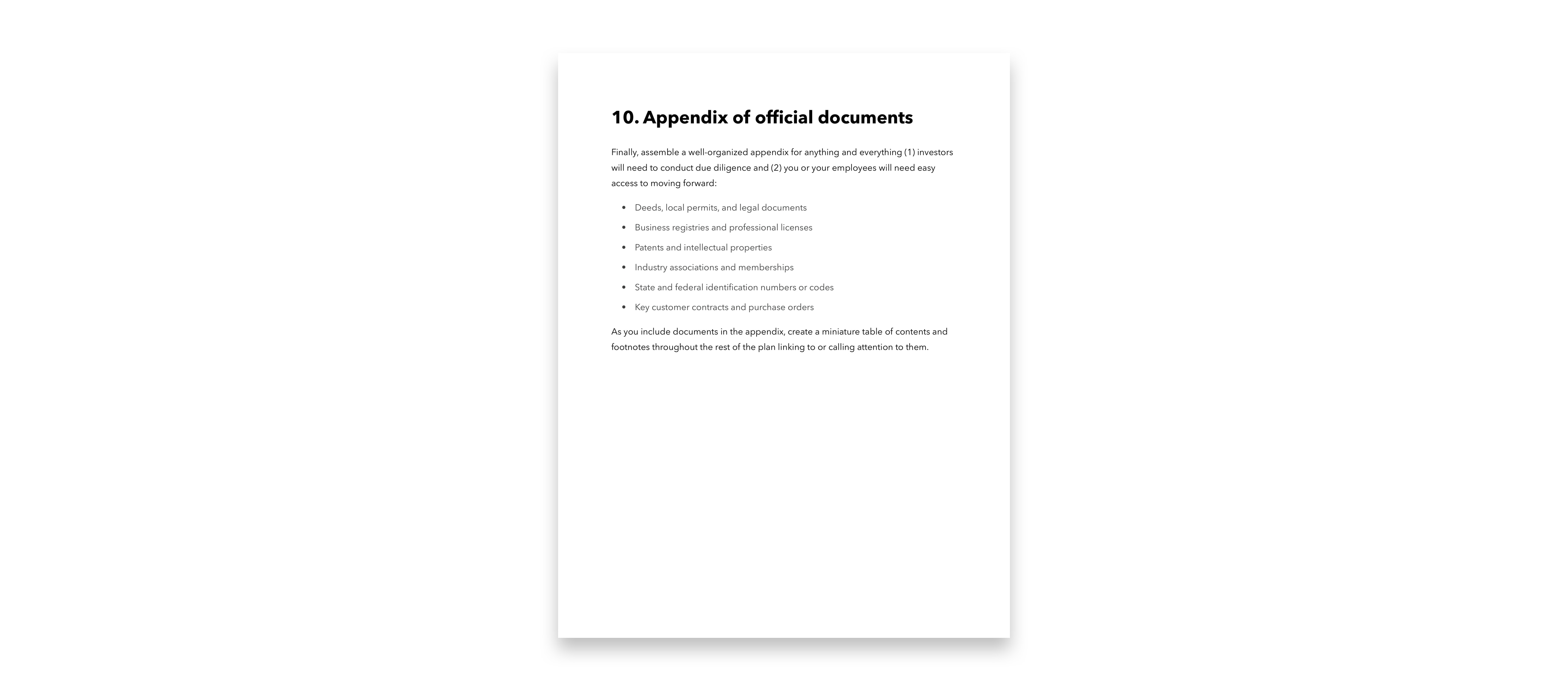Business plan bonus - Tips to stand out:
Investors have little patience for badly written documents. You want your business plan to be as attractive and readable as possible:
- Keep it brief: A typical business plan can range from 10 to 20 pages. As long as you cover the essentials: less is more.
- Make it easy to read: Divide your document into distinct sections, so that investors can quickly flip between key pieces of information.
- Proofread: Double-check for typos and grammatical errors. Then, triple check. Otherwise, you might come off as an amateur.
- Invest in quality design and printing: Proper layout, branding, and decent printing or bookbinding give your business plan a professional feel.
- Know your margins: List every cost your business incurs, and make sure that you’re assigning those costs to each product or service that you sell.
Revisiting and revising your business plan?
It’s good to periodically revisit your business plan, especially if you are looking to expand. Conducting new research and updating your plan could also provide answers when you hit difficult questions.
Mid-year is a good time to refocus and revise your original plans. Why not have the best second half you possibly can, right? Below are three ways to reignite your plan:
Refocus
When you wrote your original business plan, you likely identified your specific business and personal goals. Take some time now to assess if you’ve hit your targets.
For example, if you planned to launch a new tips and trends video series and it hasn’t happened yet, what’s stopping you? Put a timeline together and set a launch date. This can be hard to do, though, if you’re working 18-hour days.
If you only want to work a set number of hours per week, you must identify the products and services that deliver the returns you need to make that a reality. Doing so helps you refocus your productivity on the most lucrative profit streams.
Also, use what you’ve achieved and the hard lessons you’ve learned to help you re-evaluate what is and isn’t working.
Realign
Do a gut check to determine whether all of your hard work is still aligned with your original goals and your mission statement. Are they still relevant? Have you lost sight of the big picture?
Ask yourself where you want to be a year from now and can you get there with your existing plan? Try to get offline for a while to think through these questions and realign your values. In the end, both you and your clients will reap the rewards.
Repurpose
If your time has become more focused on small projects rather than tangible growth and building a valuable client list, consider packaging your existing products or services differently. For example, can you bundle a few things together?
In the case of Landscapers Inc., perhaps they can offer a special pool and patio package. Doing so might help them bring in fewer, yet more higher-paying projects. Perhaps they can offer a maintenance package as well, to keep that customer long-term.
You must deliberately manage your revenue streams, and that might require shuffling things around a little to focus on what is working for you.
Business plan template - More than a cliche
Even if you don’t plan on seeking investments early on, there are other important reasons to use a business plan template:
- Writing out your goals and actions plan helps clarify what you’re trying to accomplish
- It’s a chance to better understand your market (e.g., demographics, behaviors)
- You can establish the roles of each team member and set benchmarks for accountability
- Team members can also refer to the document to stay on track
- Catching errors helps you make sure financial projections are accurate
You’ll see the holes and blind spots that could cause future issues
The old cliche is still true today, a failure to plan is a plan to fail, only more so.

